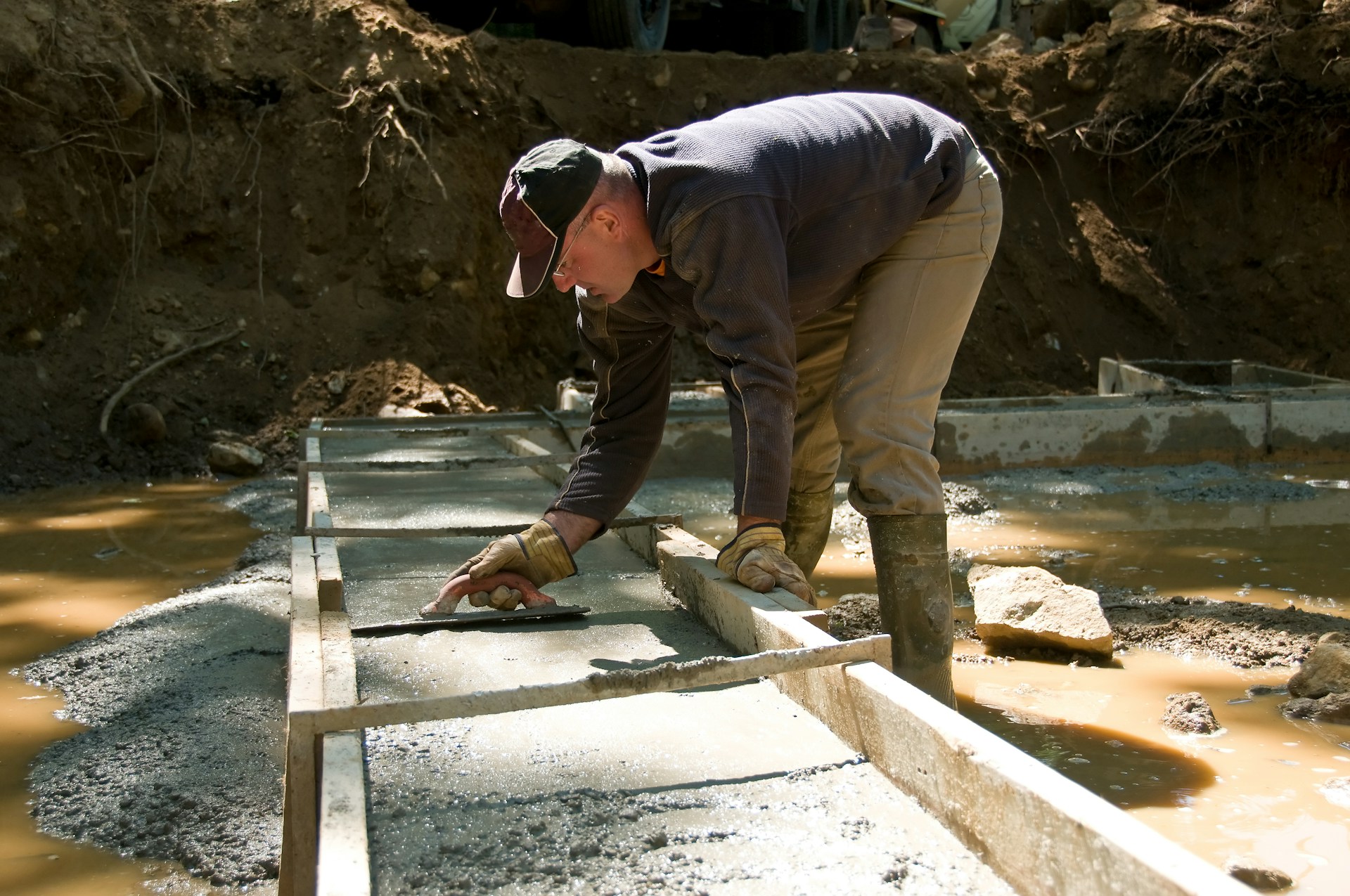If you are facing a confirmed sinkhole that has damaged your property, you may not always understand the engineer’s repair plan. Helicon Foundation Repair carefully inspects the engineering report and then spells out a recommended course of action to correct the problem. Remember, that the engineering report is just a recommendation; however, it may leave you with some outstanding questions such as, “Why does the engineer choose a certain sinkhole or settlement repair method over another?” or “Why is the engineer recommending grouting, but no underpinning?” You may also wonder, which is better — Underpinning or Compaction Grouting?
The two major repair methods used in sinkhole remediation are Underpinning and Compaction Grouting. While both methods can “get the job done,” the repair process is different in each. Simply put, underpinning is a structural repair procedure that focuses on stabilizing and/or re-leveling the home’s foundation. In contrast, compaction grouting stabilizes the soils that caused the sinkhole conditions beneath a structure.
Underpinning
Underpinning is normally recommended in situations where a building has sustained structural damage. For example, to re-level the corner of a structure that has shifted downward by two inches requires the precision lifting capability of multiple hydraulic jacks attached to underpins that raise the corner back to its original elevation. Compaction grouting is not used for precision lifting. Using the underpinning method, structures can be raised to their original elevations.
The best way to visualize an underpinned structure is to imagine a house on stilts except that the stilts are underground. Brackets are placed around the perimeter of the home and, (if needed), under interior load bearing points. These brackets are positioned underneath the existing concrete slab. Steel piers are then inserted into the specially designed brackets and forced into the ground using a specialized hydraulic ram. The starting pipe includes a “soil plug” that helps to effectively divert the surrounding soils clearing a path for subsequent sections of steel pipe to be inserted until the desired depth has been achieved. The steel piers must sit on solid bedrock; the estimated depth is established by a Geo-technical engineering firm. All of Helicon’s underpinning jobs come complete with a transferable lifetime warranty.
Compaction Grouting
The compaction grouting process starts with drilling. Following the engineer’s guidelines, Helicon Foundation repair will drill points that are established around the perimeter of the home or structure. Alternating points are drilled at an angle to ensure that all areas below the surface are covered. Schedule 80 steel piping is inserted into each drill point, four foot sections at a time to the predetermined depth. Once the drilling is complete, the grouting can begin. A specialized mixture of grout is pumped under high pressure into each drill point. Pipe sections are removed as the grout is pumped under the surface. The grout effectively fills voids and caps the limestone layer under the structure. Each layer above the limestone layer is also fortified by the specialized grout mixture’s ability to force its way under high pressure into loose, sandy soils. The industry standard for re-occurrence after Compaction Grouting is less than 1%. Helicon’s Foundation Repairs re-occurrence rate is zero.
In conclusion
Both repair methods fortify a damaged structure. Compaction grouting remediates sinkhole conditions. Underpinning stabilizes and/or re-levels a home’s foundation. The costs to repair the damage can vary greatly depending on your specific situation. We, at Helicon, feel that it is important for homeowners to be aware of their options. Call us today at 813-567-1065 or visit us online at heliconfr.com. We will put you in touch with one of our project specialists who can assist you.





